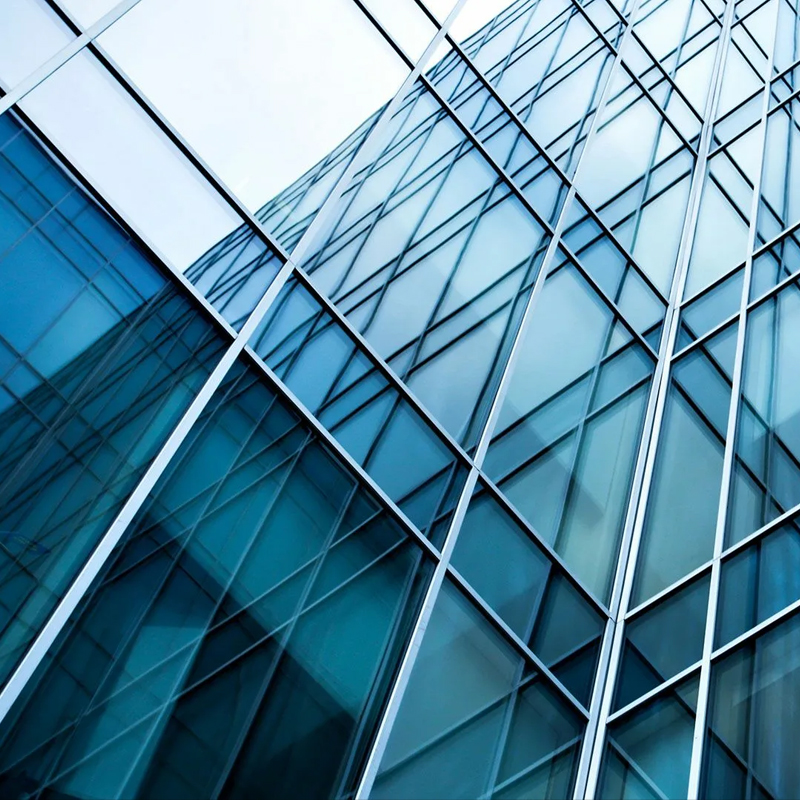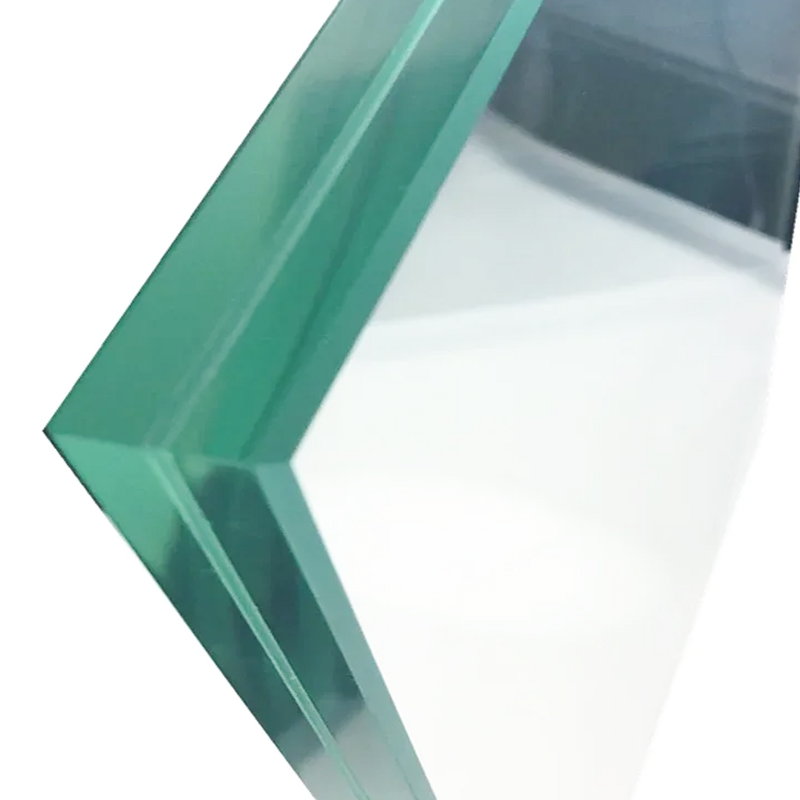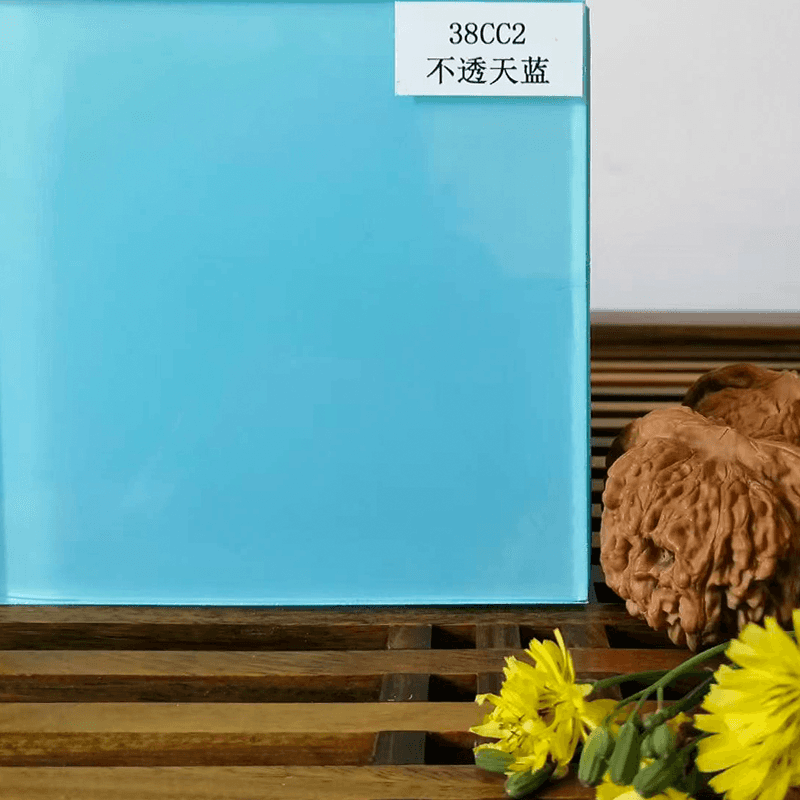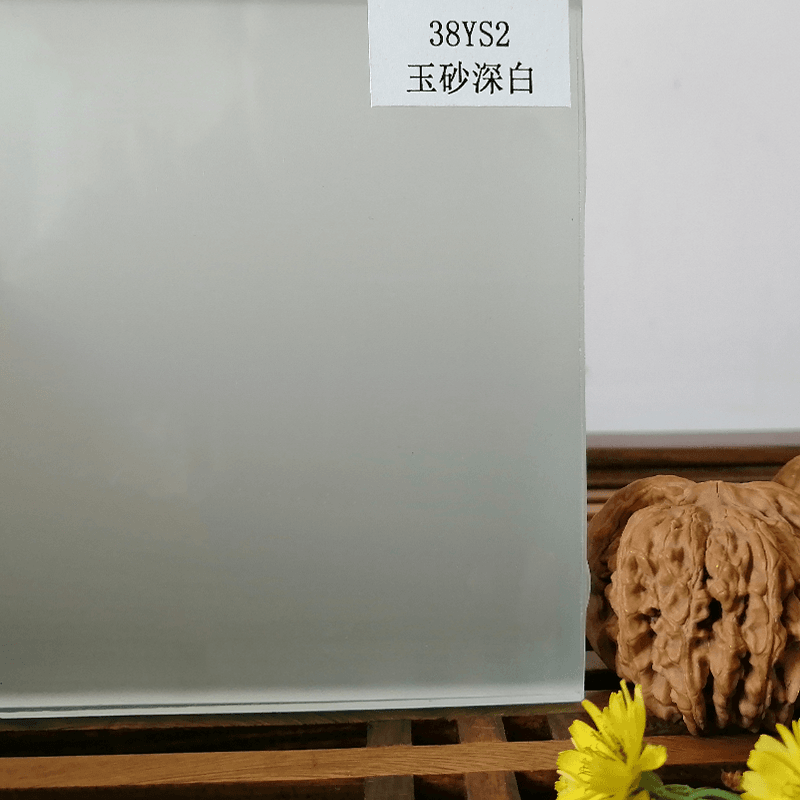language
Sunlight is a natural source of light and warmth, but it can also cause long term damage to interior furnishings. Exposure to ultraviolet rays and strong sunlight can lead to fading of furniture, carpets, flooring, and other interior materials. Over time, colors can become dull, and materials may degrade, reducing the overall aesthetic appeal of a home or office space. Laminated glass with interlayers such as SGP film has become a popular solution to mitigate these effects.
Understanding Sunlight and Fading
Sunlight is composed of different types of radiation, including ultraviolet, visible, and infrared light. Among these, ultraviolet rays are primarily responsible for fading materials over time. Ultraviolet radiation breaks down chemical bonds in dyes, paints, and fabrics, causing colors to become less vibrant. Additionally, infrared rays contribute to heat buildup indoors, which can accelerate material degradation and affect furniture or flooring finishes.
Fading is not limited to colored surfaces. Even natural materials such as wood can lose their natural tone and appear washed out when exposed to direct sunlight. The extent of fading depends on factors such as the type of material, its exposure duration, and the intensity of sunlight in a given location.
What is SGP Film
SGP film, also known as Sentry Glass Plus, is a type of interlayer used in laminated glass. Laminated glass consists of two or more layers of glass bonded together with an interlayer. The interlayer provides several benefits, including enhanced safety, structural integrity, and resistance to impact. SGP film is stronger and more durable than traditional polyvinyl butyral interlayers, offering improved performance in multiple areas. One of its notable characteristics is its ability to block ultraviolet radiation effectively. This property makes it a valuable tool for protecting interior furnishings from the harmful effects of sunlight.
How SGP Film Helps Prevent Fading
The key to SGP films effectiveness against fading lies in its ability to filter ultraviolet rays. Laminated glass with an SGP interlayer can block a significant portion of ultraviolet light from entering interior spaces. By reducing ultraviolet exposure, SGP film slows down the chemical breakdown of dyes, paints, and natural materials in furniture and flooring.
In addition to ultraviolet protection, SGP laminated glass can also reduce glare and limit infrared radiation. Reduced glare improves visual comfort indoors, while lower infrared transmission helps in controlling heat buildup. While SGP film does not completely block all visible light, its selective filtering protects sensitive materials without making interiors dark or dim.
Advantages of Using SGP Film for Interior Protection
Long Term Color Preservation
By limiting ultraviolet exposure, SGP film helps preserve the original color of furniture, flooring, carpets, and fabrics. This is especially valuable for materials with vibrant dyes or delicate finishes that are prone to fading over time. Preserving color enhances the longevity of interior design choices and maintains the visual appeal of a space.
Protection for Various Materials
SGP film is effective for a wide range of materials. Wooden furniture, laminated flooring, upholstery, rugs, and even artwork can benefit from reduced ultraviolet exposure. It provides consistent protection across multiple surfaces without affecting the material quality.
Complementary to Other Solutions
Using SGP laminated glass can be combined with other protective measures such as blinds, curtains, or UV protective coatings on windows. While SGP film addresses ultraviolet radiation, additional measures can further control light intensity, glare, and heat, enhancing the overall protection of interior furnishings.
Safety and Structural Benefits
SGP laminated glass not only protects interiors but also improves safety. In case of breakage, the interlayer holds glass fragments together, reducing the risk of injury. Its structural strength allows for larger glass panels, making it suitable for windows, doors, and facades where maximum light is desired without compromising protection.
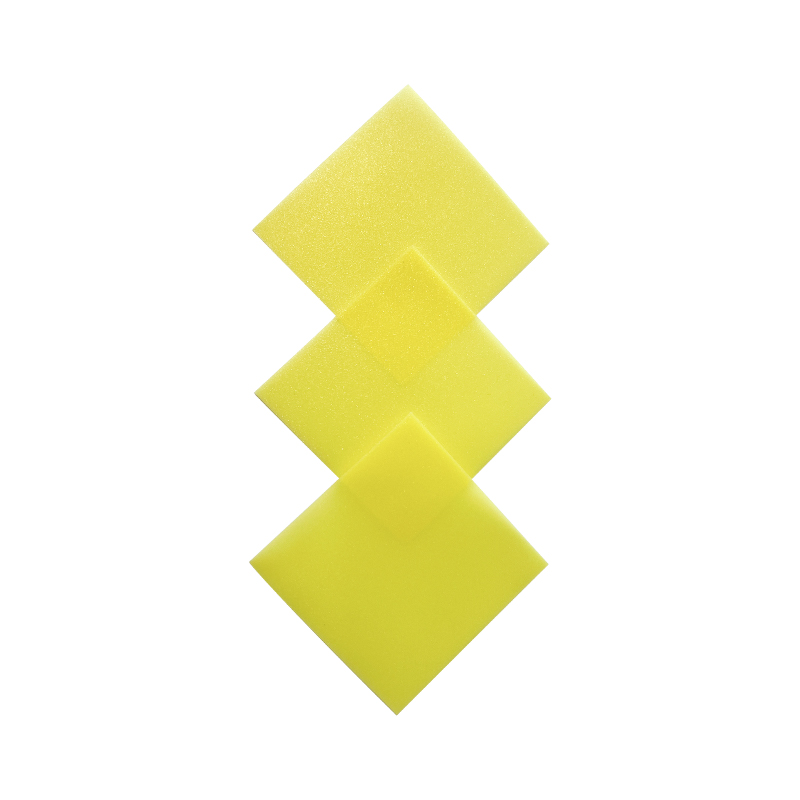
Practical Considerations
Glass Selection
The effectiveness of SGP film in preventing fading depends on the type of glass used and its exposure to sunlight. Clear laminated glass with SGP interlayer offers maximum ultraviolet protection while maintaining transparency. Tinted or reflective glass can further reduce heat and glare, but may slightly alter interior lighting. Selecting the right combination depends on building orientation, climate, and aesthetic preferences.
Installation
Proper installation is critical to maximize the benefits of SGP film. Laminated glass should be installed according to manufacturer recommendations to ensure optimal performance. Poor installation can reduce ultraviolet filtering and compromise safety features. Consulting professionals with experience in laminated glass installation is recommended for large or high exposure areas.
Maintenance
Maintaining SGP laminated glass is relatively simple. Regular cleaning with non abrasive solutions prevents buildup of dirt or deposits that can reduce clarity. Avoid harsh chemicals that can damage the interlayer. With proper maintenance, SGP laminated glass continues to provide protection against fading and structural benefits over the long term.
Limitations
While SGP film significantly reduces ultraviolet radiation, it does not completely eliminate exposure to sunlight. Prolonged direct sunlight over years may still cause minor fading, especially for highly sensitive materials. Combining SGP film with other shading or protective solutions is recommended for maximum protection. Additionally, SGP film does not prevent damage from heat alone, so materials sensitive to high temperatures may still be affected if adequate thermal management is not implemented.
Comparing SGP Film to Other UV Protection Methods
Alternative methods for protecting interiors include UV protective window films, curtains, blinds, and tinted glass. Each method has benefits and limitations:
- UV Protective Films: These films can be applied to existing windows and block ultraviolet rays. They are effective but may vary in durability compared to laminated glass with SGP film.
- Curtains and Blinds: Physical shading can reduce sunlight exposure completely but may limit natural light and visibility.
- Tinted Glass: Tinted or reflective glass can reduce heat and glare, but color fidelity and clarity may be affected.
SGP laminated glass with UV filtering interlayers offers a balanced solution by combining clarity, long term protection, and structural benefits, making it suitable for both residential and commercial spaces.
Conclusion
SGP film is an effective solution for reducing the fading of furniture, flooring, and other interior materials caused by sunlight. Its ability to block ultraviolet rays slows down the chemical breakdown of dyes and finishes, preserving color and quality over time. In addition to protecting interiors, SGP laminated glass provides safety, structural strength, and glare reduction, making it a versatile option for modern buildings.
While it does not completely eliminate the effects of sunlight, combining SGP film with shading, tinting, or other protective strategies can provide comprehensive protection. For homeowners and building designers looking to preserve the longevity of interior furnishings, laminated glass with SGP film offers a practical and long lasting solution.

